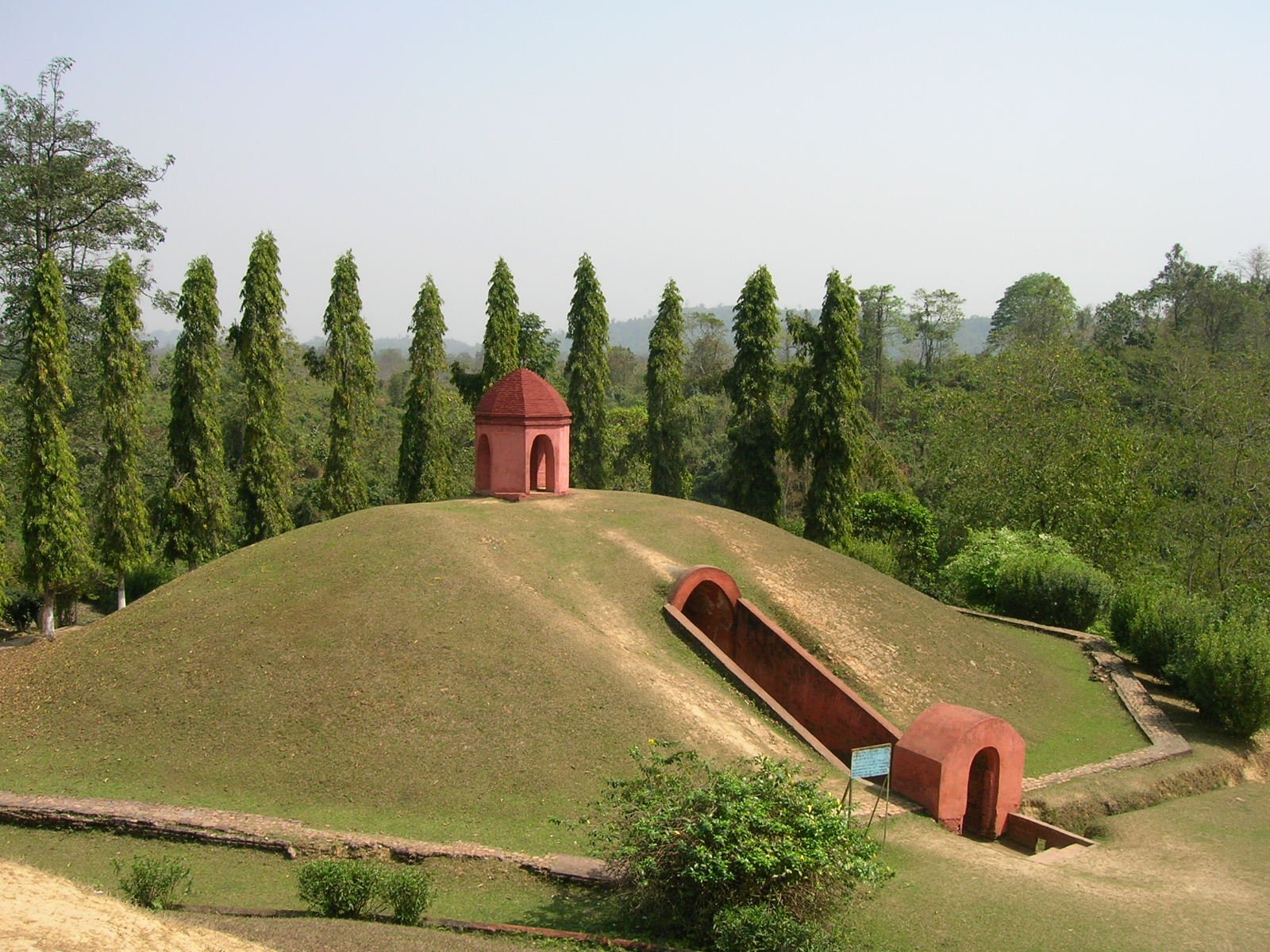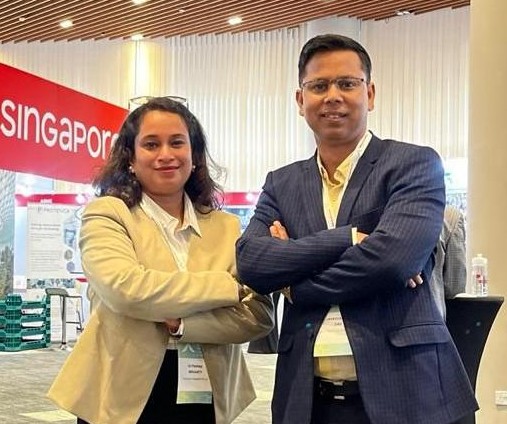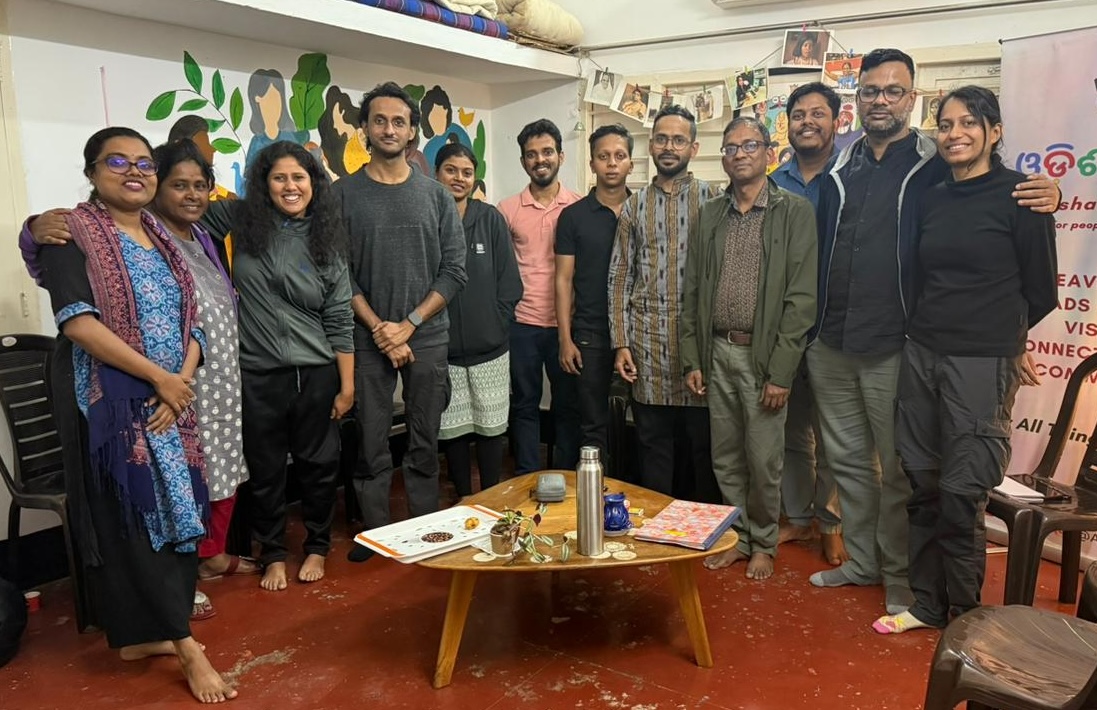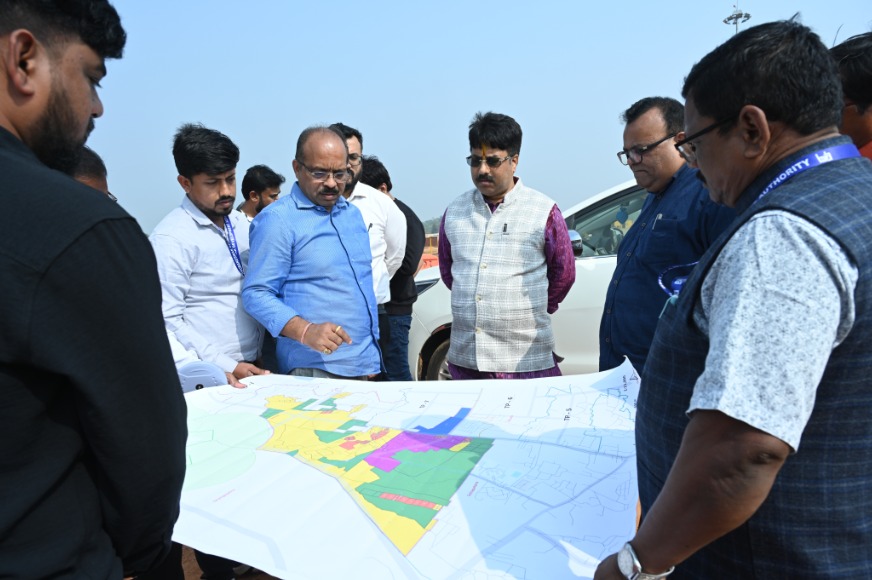New Delhi: India is proudly hosting the World Heritage Committee Meeting for the first time. The event, running from July 21 to July 31, 2024, at Bharat Mandapam in New Delhi, is a significant milestone. The annual meeting of the World Heritage Committee is crucial for managing all matters related to World Heritage and deciding which sites will be inscribed on the World Heritage list.
The 46th session of the World Heritage Committee in 2024 will review 27 nominations from around the world, including 19 Cultural, 4 Natural, 2 Mixed sites, and 2 significant modifications to existing boundaries. Among these, India’s nomination of the Moidams – The Mound-Burial System of the Ahom Dynasty, will be examined under the category of Cultural Property.
Moidams: The Mound-Burial System of the Ahom Dynasty
The Tai-Ahom clan, originally from China, established their capitals in various parts of the Brahmaputra River Valley from the 12th to the 18th century CE. Choraideo, located at the foothills of the Patkai hills, was one of their most revered sites. This sacred ground, named Che-rai-doi or Che-tam-doi, was the first capital under Chau-lung Siu-ka-pha. Over centuries, Choraideo retained its importance as the burial ground for Tai-Ahom royals, where the departed souls were believed to transcend into the afterlife.
The Tai-Ahom people viewed their kings as divine, which led to the creation of a unique funerary tradition: constructing Moidams, or vaulted mounds, for royal burials. Spanning 600 years, this tradition evolved from using wood to incorporating stone and burnt bricks. The process was meticulously documented in the Changrung Phukan, a canonical Ahom text. Grand rituals accompanying royal cremations mirrored the hierarchical structure of Tai-Ahom society.
Excavations reveal that each Moidam features a vaulted chamber with a centrally raised platform where the body was laid to rest, accompanied by various personal and ceremonial items, including royal insignia, weapons, and even human sacrifices from the Luk-kha-khun clan.
Architectural Features
Moidams are distinguished by their vaulted chambers, often double-storied, accessed through arched passages. These chambers housed centrally raised platforms where the deceased were laid to rest with their belongings. The construction involved layering bricks, earth, and vegetation, creating undulating hillocks reminiscent of celestial mountains.
Cultural Significance
The Moidam tradition at Choraideo exemplifies its Outstanding Universal Value under UNESCO criteria. This funerary landscape reflects Tai-Ahom beliefs about life, death, and the afterlife, serving as a testament to their cultural identity amid shifts towards Buddhism and Hinduism. The concentration of Moidams at Choraideo makes it the largest and most significant cluster, preserving the grand royal burial practices unique to the Tai-Ahoms.
Conservation Efforts
Despite challenges such as early 20th-century vandalism by treasure seekers, efforts by the Archaeological Survey of India and the Assam State Department of Archaeology have restored and preserved Choraideo’s integrity. The site is protected under national and state laws and continues to be managed to safeguard its structural and cultural authenticity.
Comparisons with Similar Properties
The Moidams of Choraideo can be compared to royal tombs in ancient China and the pyramids of Egyptian pharaohs, illustrating universal themes of honoring and preserving royal lineage through monumental architecture. Within the broader Tai-Ahom cultural region spanning parts of Southeast Asia and Northeast India, Choraideo stands out for its scale, concentration, and spiritual significance.
Choraideo, at the foothills of the Patkai range, remains a profound symbol of Tai-Ahom heritage, encapsulating their beliefs, rituals, and architectural prowess. As a landscape shaped by centuries of royal burials, it continues to inspire awe and reverence, offering insights into the cultural evolution and spiritual worldview of the Tai-Ahoms. Preserved through careful conservation efforts, Choraideo stands as a testament to the enduring legacy of the Tai-Ahom civilization in the Brahmaputra River Valley.





